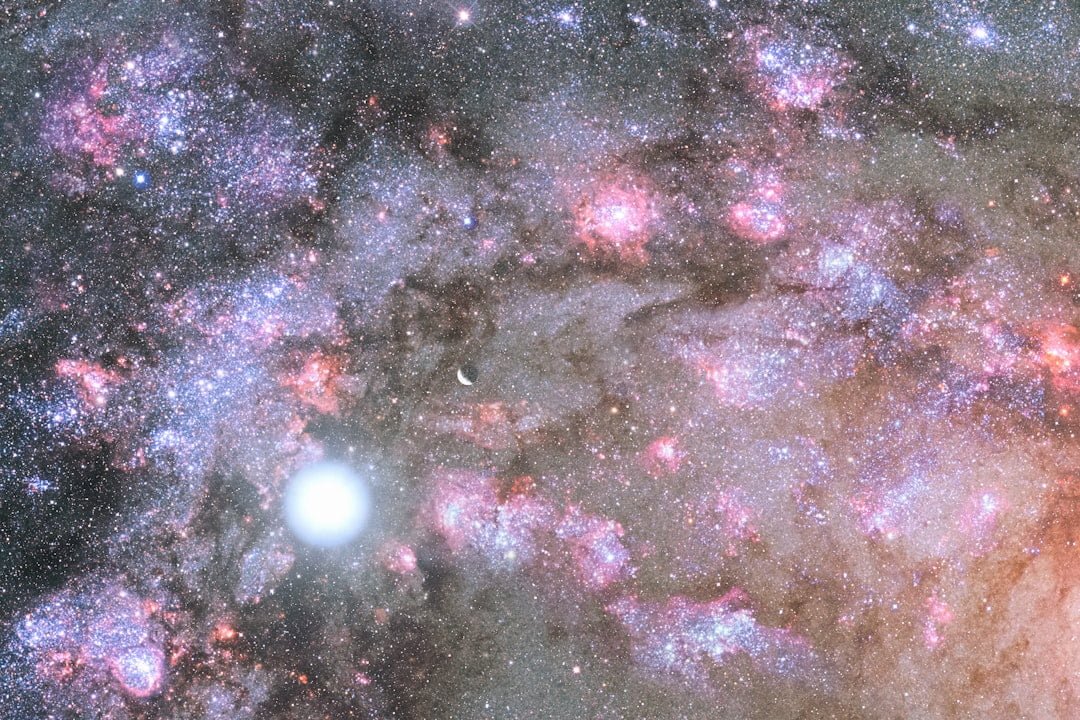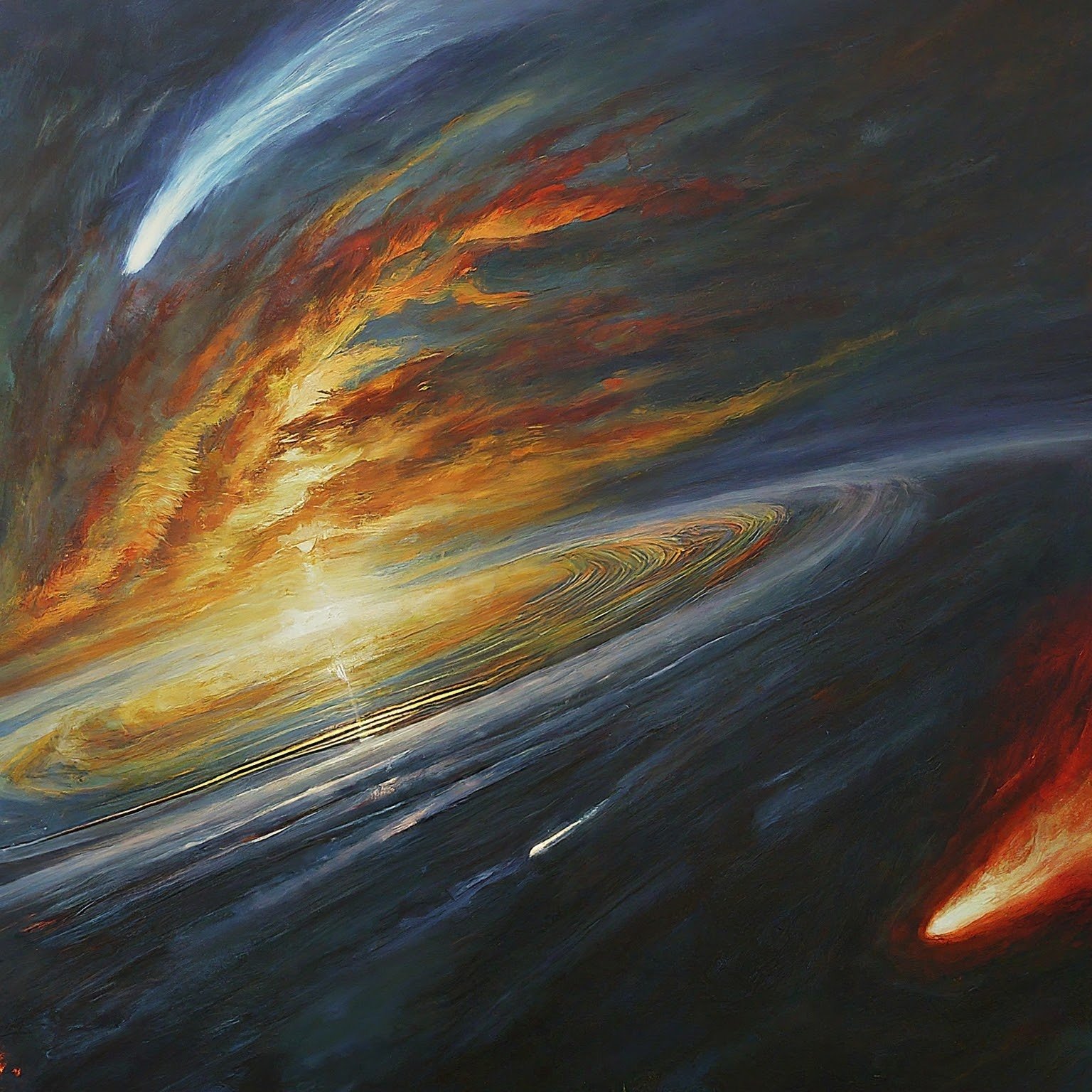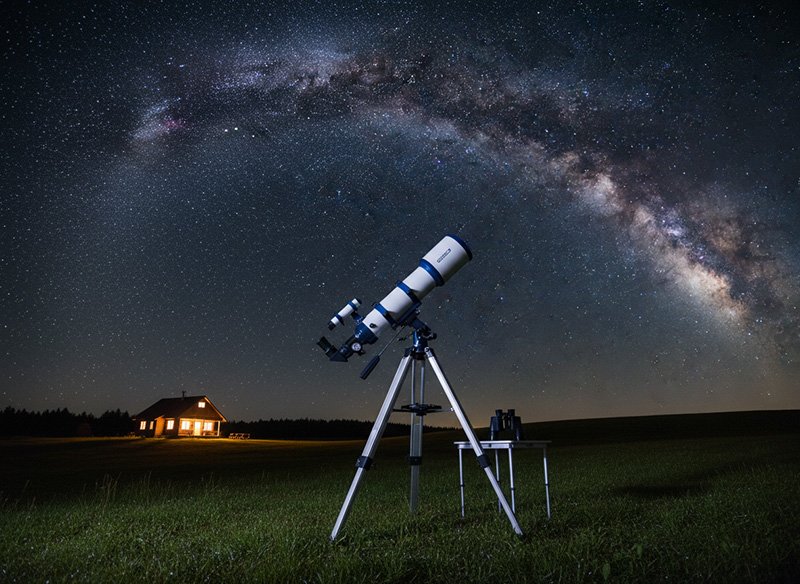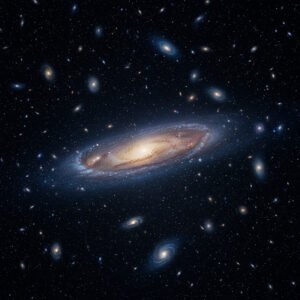Key Takeaways 📝
- Real-time observation of distant galaxies provides valuable insights into the nature and behavior of cosmic entities, offering a glimpse into events as they unfold billions of light-years away.
- The challenges of observing real-time events in distant galaxies include vast distances, faint light emission, and the presence of obscuring dust and gas, limiting our ability to capture detailed observations.
- Despite challenges, advancements in telescopes, instruments, and technologies have enabled astronomers to overcome obstacles and capture detailed images and spectra of distant galaxies with unprecedented clarity.
- Recent breakthroughs in real-time observation, such as detecting gravitational waves from merging black holes and pinpointing fast radio bursts, have advanced our understanding of cataclysmic events in distant galaxies.
- Real-time observation has profound implications for astrophysics, cosmology, and our understanding of fundamental processes in the universe, offering valuable insights into galaxy evolution, dark matter, dark energy, and cosmological models.
The study of distant galaxies has always been a fascinating and challenging endeavor for astronomers. The vastness of the universe and the immense distances involved make it difficult to observe and understand the events and phenomena occurring in these far-off celestial bodies. However, with advancements in technology and observational techniques, astronomers have made significant progress in observing and studying distant galaxies in real-time. Real-time observation of distant galaxies allows scientists to witness and analyze events as they happen, providing valuable insights into the nature and behavior of these cosmic entities.
Real-time observation of distant galaxies has the potential to revolutionize our understanding of the universe and the processes that govern its evolution. By capturing and analyzing real-time events in distant galaxies, astronomers can gain valuable information about the formation and dynamics of galaxies, the behavior of supermassive black holes, the birth and death of stars, and the interactions between galaxies. This information can help scientists unravel the mysteries of the universe and shed light on fundamental questions about the nature of space, time, and matter.
Challenges of Observing Real-Time Events in Distant Galaxies
Observing real-time events in distant galaxies presents a number of significant challenges for astronomers. One of the main challenges is the vast distances involved. Distant galaxies are located billions of light-years away from Earth, making it difficult to capture real-time events with sufficient detail and accuracy. The light from these galaxies takes billions of years to reach us, which means that we are essentially observing events that occurred billions of years ago. This presents a fundamental limitation on our ability to observe real-time events in distant galaxies.
Another challenge is the faintness of the light emitted by distant galaxies. Due to their immense distance, the light from these galaxies is often extremely faint by the time it reaches Earth. This makes it difficult for astronomers to capture detailed images and spectra of distant galaxies, which are essential for studying real-time events such as supernovae, gamma-ray bursts, and other transient phenomena. Additionally, the presence of intervening dust and gas can further obscure the light from distant galaxies, making it even more challenging to observe real-time events.
Tools and Technologies for Observing Distant Galaxies
Despite these challenges, astronomers have developed a range of tools and technologies to overcome the obstacles associated with observing real-time events in distant galaxies. One of the most important tools for observing distant galaxies is the telescope. Over the years, telescopes have become increasingly powerful and sophisticated, allowing astronomers to capture detailed images and spectra of distant galaxies with unprecedented clarity and precision. In particular, the development of large ground-based telescopes and space-based observatories such as the Hubble Space Telescope has revolutionized our ability to observe and study distant galaxies in real-time.
In addition to telescopes, astronomers also use a variety of advanced instruments and detectors to observe real-time events in distant galaxies. These include spectrographs, which allow scientists to analyze the light emitted by distant galaxies to determine their chemical composition, temperature, and other properties. Furthermore, advancements in adaptive optics technology have enabled astronomers to correct for the distorting effects of Earth’s atmosphere, allowing for sharper and more detailed observations of distant galaxies. Moreover, the development of multi-wavelength observatories that can capture light across a broad range of wavelengths has provided astronomers with a more comprehensive view of real-time events in distant galaxies.
Recent Breakthroughs in Real-Time Observation of Distant Galaxies
In recent years, there have been several significant breakthroughs in the real-time observation of distant galaxies that have advanced our understanding of the universe. One notable breakthrough is the detection of gravitational waves from merging black holes and neutron stars by instruments such as the Laser Interferometer Gravitational-Wave Observatory (LIGO) and Virgo. These detections have provided direct evidence of cataclysmic events in distant galaxies and have opened up new avenues for studying the behavior of black holes and other exotic objects.
Another breakthrough is the discovery of fast radio bursts (FRBs) originating from distant galaxies. These brief but intense bursts of radio waves have puzzled astronomers since their discovery, but recent observations have provided valuable insights into their origins and properties. By pinpointing the locations of FRBs in distant galaxies, astronomers have been able to study their host environments and gain a better understanding of the processes that produce these enigmatic signals.
Furthermore, advancements in observational techniques have allowed astronomers to capture detailed images of distant galaxies undergoing rapid changes, such as the explosion of massive stars or the accretion of material onto supermassive black holes. These observations have provided crucial data for testing theoretical models of galaxy evolution and have shed light on the physical processes driving these dramatic events.
Implications of Real-Time Observation for Astrophysics
The ability to observe real-time events in distant galaxies has profound implications for astrophysics and our understanding of the universe. By capturing and analyzing real-time events such as supernovae, gamma-ray bursts, and other transient phenomena, astronomers can gain valuable insights into the processes that drive the evolution of galaxies and the formation of cosmic structures. This information can help scientists test theoretical models of galaxy formation and evolution and refine our understanding of the physical mechanisms at work in the universe.
Real-time observation also has implications for our understanding of fundamental astrophysical processes, such as the behavior of supermassive black holes and the dynamics of star formation. By studying real-time events in distant galaxies, astronomers can gain a better understanding of the role that these processes play in shaping the properties and behavior of galaxies across cosmic time. This can provide valuable clues about the nature of dark matter, dark energy, and other fundamental components of the universe.
Moreover, real-time observation has implications for our understanding of cosmology and the large-scale structure of the universe. By studying real-time events in distant galaxies, astronomers can probe the distribution and evolution of cosmic structures over vast distances and timescales. This can provide valuable data for testing cosmological models and shedding light on the fundamental properties of the universe.
Future Prospects for Real-Time Observation of Distant Galaxies
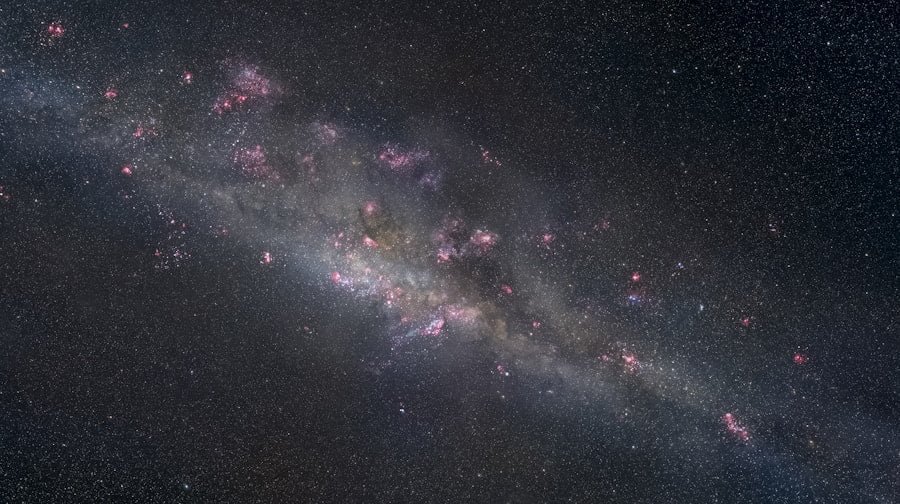
Looking ahead, there are exciting prospects for advancing real-time observation of distant galaxies and unlocking new discoveries about the universe. One promising avenue is the development of next-generation telescopes and observatories with even greater sensitivity and resolution. For example, upcoming facilities such as the James Webb Space Telescope (JWST) and the Extremely Large Telescope (ELT) are poised to revolutionize our ability to observe and study distant galaxies in unprecedented detail.
Furthermore, advancements in computational techniques and data analysis are opening up new possibilities for extracting valuable information from real-time observations of distant galaxies. Machine learning algorithms and artificial intelligence tools are being increasingly used to sift through vast amounts of observational data and identify rare or unexpected events in distant galaxies. These techniques have the potential to uncover new types of transient phenomena and provide deeper insights into the nature of cosmic processes.
Additionally, international collaborations and partnerships between observatories around the world are expanding our ability to conduct coordinated observations of real-time events in distant galaxies. By pooling resources and expertise, astronomers can maximize their chances of capturing rare or short-lived events in distant galaxies and gain a more comprehensive understanding of their properties and origins.
The Potential of Real-Time Observation in Advancing Our Understanding of the Universe
In conclusion, real-time observation of distant galaxies holds tremendous potential for advancing our understanding of the universe and unraveling its mysteries. Despite the challenges involved, astronomers have made significant progress in observing real-time events in distant galaxies using advanced tools and technologies. Recent breakthroughs in this field have provided valuable insights into the behavior of black holes, the dynamics of galaxy evolution, and the nature of transient phenomena.
The implications of real-time observation for astrophysics, cosmology, and our understanding of fundamental processes in the universe are far-reaching. As we look to the future, there are exciting prospects for further advancing our ability to observe and study distant galaxies in real-time using next-generation telescopes, advanced computational techniques, and international collaborations. By continuing to push the boundaries of observational astronomy, we can look forward to unlocking new discoveries about the nature and evolution of the universe through real-time observation of distant galaxies.
If you’re fascinated by the mysteries of the universe and want to delve deeper into the topic of observing events in distant galaxies in real-time, you’ll love the insightful article “Exploring the Wonders of the Universe” on The Universe Episodes blog. This article provides a captivating exploration of how advancements in technology have allowed us to witness cosmic events as they unfold in distant galaxies. Check out the article here to expand your knowledge and appreciation of the cosmos.
FAQs
What is real-time observation of events in distant galaxies?
Real-time observation of events in distant galaxies refers to the ability to observe and study astronomical events as they happen in real-time, without any significant time delay.
Is it possible to observe events happening in real-time in distant galaxies?
Currently, it is not possible to observe events happening in real-time in distant galaxies due to the limitations imposed by the speed of light and the vast distances involved.
What are the challenges in observing events in real-time in distant galaxies?
The main challenge in observing events in real-time in distant galaxies is the vast distances involved. Light from distant galaxies takes a significant amount of time to reach us, making real-time observation impossible with current technology.
How do astronomers study events in distant galaxies if real-time observation is not possible?
Astronomers study events in distant galaxies by observing the light and other forms of radiation that reach us from these galaxies. They use telescopes and other instruments to analyze this information and make inferences about the events happening in distant galaxies.
Are there any technological advancements that could enable real-time observation of events in distant galaxies in the future?
There are ongoing technological advancements in the field of astronomy, such as the development of more powerful telescopes and instruments, that could potentially enable real-time observation of events in distant galaxies in the future. However, significant challenges remain, and it is currently not possible with existing technology.

